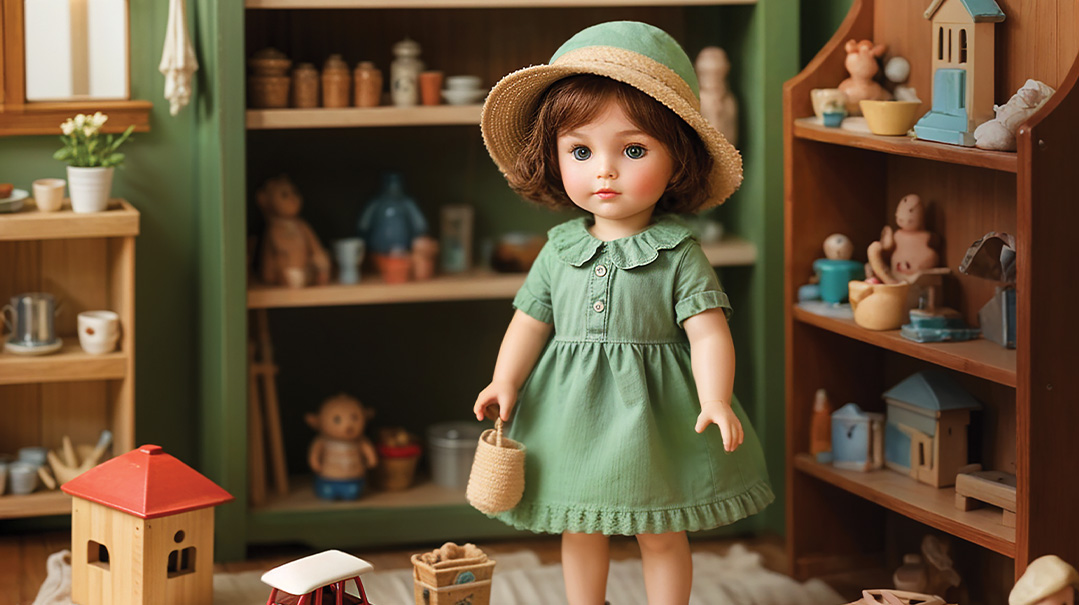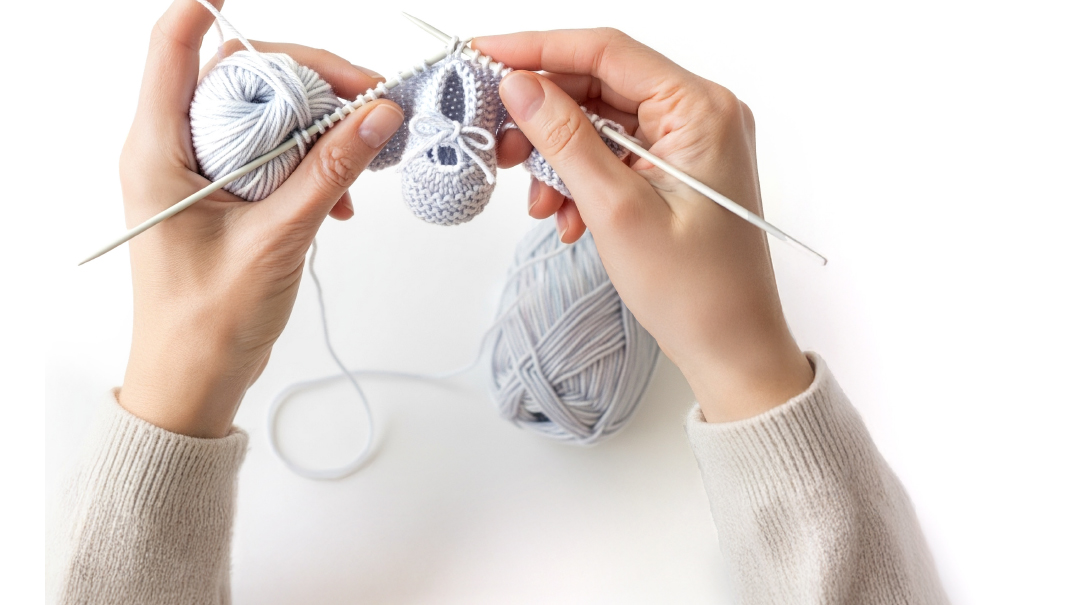Not Child’s Play
| May 14, 2024Play therapy. For Adults. While the image of a middle-aged woman playing with dolls may raise your eyebrows, some women say it changed their lives.

Chana's story:
I walk the hallway of the health care agency I manage, stuffed monkey on my lapel. It’s a conversation piece that has nurses stop to talk. Meetings with doctors, checking off charts, answering queries keep me even-keeled. Until a staff whispers, “Chana, are you free?” She doesn’t have a HIPPA dilemma. She has a shidduch suggestion.
Something clamps in my chest and I shrug, paste on a smile I hope reaches my eyes.
It’s much too scary to remarry. My first husband yelled too much and did other stuff I can’t talk about without tearing up. “I have a good life,” I tell my staff member. “I’m not looking to remarry.”
After work, I trudge home, take my lone piece of chicken and some fries to an empty supper table. My youngest child recently got married and lives out of town. For the first time in a long time, the house is too big, the meals too small.
One Shabbos, I sit on the couch at my daughter’s house, watch my granddaughter place her Menchie doll into her dollhouse. I crouch on the floor next to her, help her set the table upright in the kitchen area. She laughs and so do I.
Something percolates in my brain as I walk back to my empty house. I rummage through the pile of mail floating around behind my microwave. Not there. After several phone calls to neighbors, I hit the jackpot, go pick it up down the block. It’s a brochure for dollhouses and accessories, and I mail in my order. This is the 1980s, before internet became a household item. That’s how I got my first dollhouse.
I place the wooden dollhouse in the center of my living room and spend hours after work wallpapering its walls. I peruse the catalogue for gold miniature chandeliers and soft blue rugs. My marrieds come over, ask what’s going on. I feel a flush. “Keeps me busy,” I mumble. One raises his brows, the other nods solemnly. But they sit down and look over the catalogue, circling things, making suggestions.
“Tante Chana,” my niece says, “you need a table set for six in here.” I say maybe, shrug away the pain.
And then I know how I want this house to look. I order the smallest oak table and two wicker chairs, place them in the kitchen area.
Oops! We could not locate your form.







